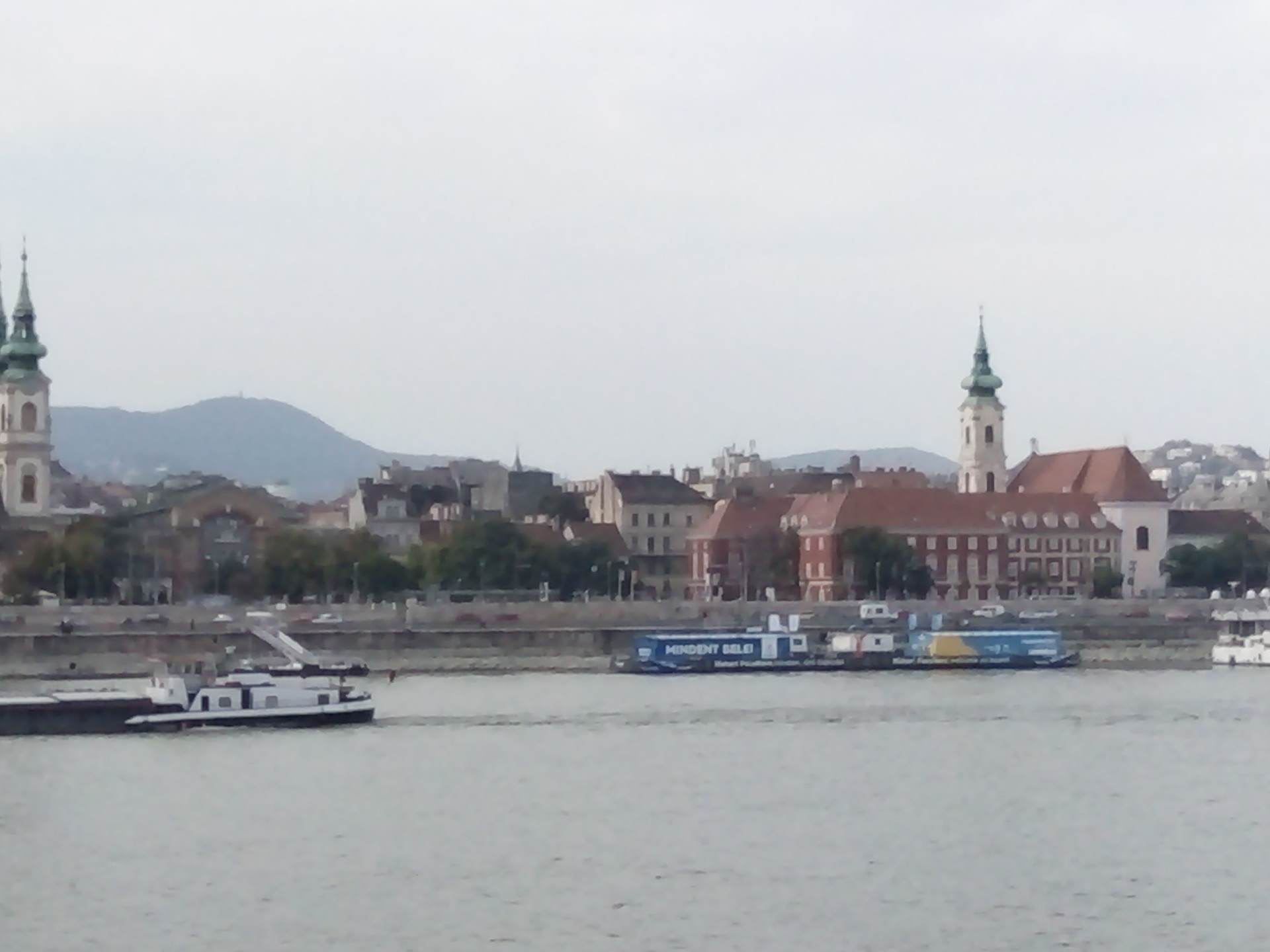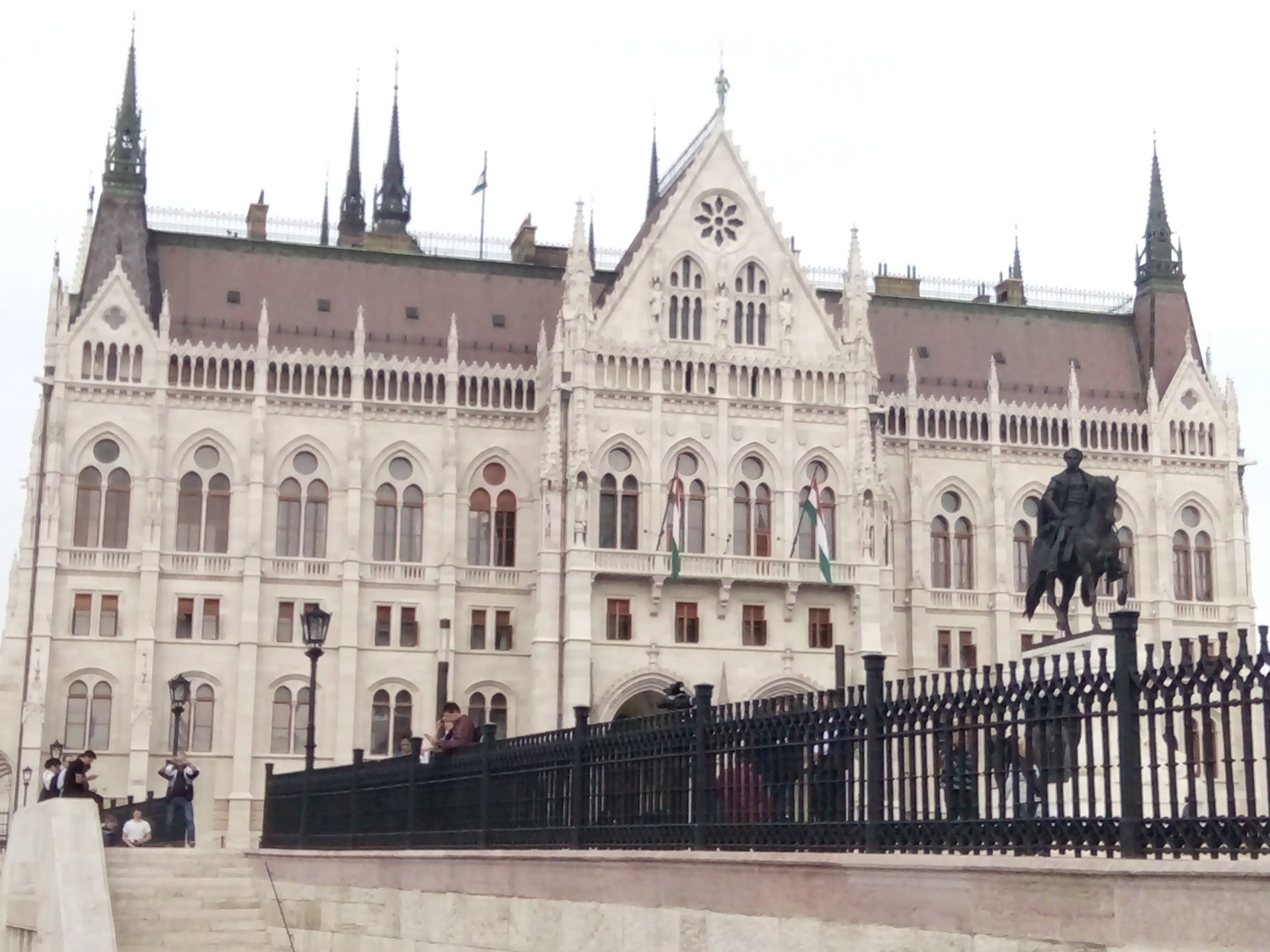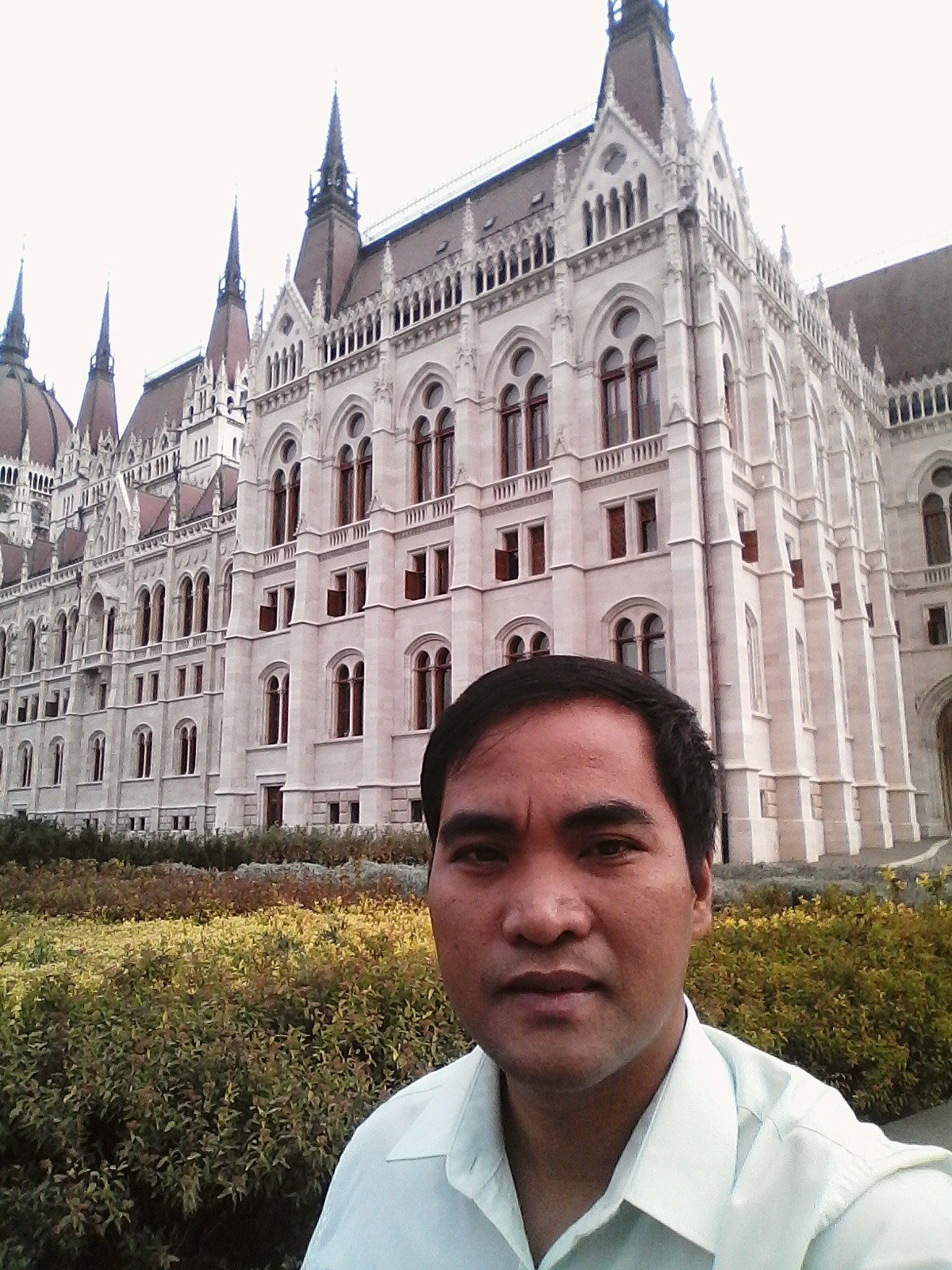The Hungarian Parliament: Discovering one of the best parliaments in the world (Part 1)
In this article, I would like to share my experience visiting the Parliament of Hungary which of course can be regarded as one of the best architectural wonders of the country, if not the best architectural structure, practically speaking. The Parliament of Hungary is definitely one of the national treasures of this amazing country. I have been to the Parliament several times during my stay in Budapest and I would say without a doubt that each visit is memorable one to me. There is no other place of interest that has striken me the most and has given me an inspiring insight than the Parliament.
As there are lots of things to see and to do in the Parliament, I decided to write a series of blog posts documenting my visit to the Parliament and share to you some useful information and tips relevant to this place. Let me begin in this first article.
Do you know that the Parliament is considered as the third largest Parliament in the world? Truth to tell, this info did not come from me. This tidbit came from the tour guide who explains the background of the city in a rather enlightening way. Yeah, you bet it right, it is indeed among the most colossal Parliament buildings in the world. In terms of beauty and structure, however, I would judge it to be on my top list as among the most stunning and astonishing structures I have ever seen.
Location
When I went to the Parliament, it was a Thursday and I had much time to spare the whole day inasmuch as I did not have class during that day. It would be a great lose of time without doing something worthwhile that day. Rather than spending the whole day surfing the internet or drifting somewhere else, I decided to have a quick trip to the Parliament. The Parliament stands on one of the most strategic sections of the city. It stands on the Pest side opposite the Royal Palace which is located at the Buda side of the Danube river. While the castle or the palace symbolizes monarchy or the supreme ruler of the land, the Parliament represents the ordinary people, a medium through which the representation of the rights of the common people can be realized. The Parliament provides the check and balance to the possible abuses that the monarchy or the elites may commit.
The choice of location, which is near the Danube river, on the Pest side, is not only symbolic but also historical. While there were choices presented as to its possible locations, it was finally decided upon that it be placed in between the two bridges namely the Chain Bridge and the Margaret Bridge. Does the location remind you of the British Parliament which is also situated near the river? Yes, you nailed it!

How to get there
From my place in Kiniszi, I needed to go to the Fovam ter and catch a tram going to Lajos Kossuth ter. From there I took a few minutes walk and finally reach the Lajos Kossuth Square.
If you are planning to go to the Parliament, it would be relatively easy for you to get there since the Parliament is so located centrally in the city that tourists have several alternatives on which to head towards the Parliament. You may take Bus No. 15 as this bus goes through the Lajos Kossuth ter. If you want to go by the Danube river, you may also take public boat lines D11 or D12. In my case, since my point of origin is in Fovam ter, I needed to take Tram No. 2 which will take me to the Lajos Kossuth ter for about fifteen to eighteen minutes approximately.
If you have ample time and is vent to see the entire stretch of the Pest side by the Danube river, the best way to do this is to walk. You would not certainly miss the Parliament in sight as you stroll heading towards the Danube river by foot and get to see much of District V, which is undeniably among the most magnificent section of Budapest.
The Architectural Design
I am not an architectural student or a specialist in structural designs, but The Parliament manifests a glorious example of an eclectism in art. I am not an art connoissiuer either but by listening to the tour guide I was properly instructed as to the different genre of type or schools of thoughts in arts. I was informed that the Parliament is dominantly of Neo-Gothic in style but it also shows some traces of the Renaissance classicism once you get inside. Mainly however, the new Gothic style is the overriding feature. There is much to know about its designs and there really are a lot to learn listening from the tour guides.

Historical Tidbits
Do you know that the Parliament of Hungary is just over a hundred years old? A competition-like scheme was held for the design and construction of the Parliament. A Hungarian architect was declared winner. His name is Imre Steindhl. Of course, to be honest, I do not know who this man was. I only came to know him through the tour guide and through one of my Hungarian professors who was so proud and honored to educate us about Hungary and its treasured sources of prestige. We were very lucky to have him as a Professor as he was warm and accommodating, not to mention his being brilliant and proficiency in the subject matter. It has been conveyed to us that the building was completed well after several years. Guess how many years it was completed? Almost twenty years and the architect did not live long enough to see the result of his passion and labour.

The attractions
As I was seeing in the first part of this article, there are lots of things to see and to do at the Parliament. For this first part of the series of articles that I will be writing about the Parliament, let me start with those which you can see outside the building itselg and then walk you through in other sites of interests near or within the Lajos Kossuth Square where the Parliament is situated.
The statue of Count Gyula Andrassy
The most visible structure that you can see outside the Parliament is the statue of Count Gyula Andrassy. When I get to visit the Parliament the first time, I would admit that I could not believe my eyes that I was in Hungary. What I mean is that I did not really expect to see a great architectural structure as the Parliament and the statues in the Lajos Kossuth ter. I thought this was somewhere else in the Western part of Europe and not in Hungary. But I was.
The statue of Count Gyula Andrassy is a colossal structure which exudes with such commanding presence that I would say it is an attention-getter. You would not miss looking at it once you get near the Parliament as it is among he first structure that will greet you. It is an apt choice to place an imposingly elegant statue in front of the Parliament.
Apparently, the statue is made of bronze and stands like around 7 meters. You might be wondering who is that man at the back of the horse? He seems to give the impression of nobility, strength and courage. If you are to ask me who this man is? I would not be hypocritical to claim to have known him on my own. By asking a local tourist, he told me that he was one of Hungary's great men. He is Gyula Andrassy, the prime minister of Hungary between 1867 to 1871.

My impressions? The statue commands great attention to sightseers and tourists. It easily catches attention because of its commanding presence. The splendor and magnificence it possesses is truly admirable. The statue reminds Hungarians of the former minister’s dedication and commitment to service to people. It also symbolizes the Hungarian’s undying love for country and patriotic attitude in defending their freedom and sovereignty from oppressions and invasions.
In the next of the series of articles for this post, I shall be sharing to you further details of my travel in the Parliament, relate my adventures and misadventure as I try to explore this architectural wonders of the city. Keep tab and enjoy your next trip ahead!
Photo gallery
Want to have your own Erasmus blog?
If you are experiencing living abroad, you're an avid traveller or want to promote the city where you live... create your own blog and share your adventures!
I want to create my Erasmus blog! →



















Comments (0 comments)